How to Migrate from Google Analytics Universal to GA4
Learn how to migrate from Google Analytics Universal to GA4 with Synup's step-by-step guide. Keep your website tracking up to date and gain valuable insights with GA4's advanced features. Follow our expert advice and seamlessly transition your analytics to the next level.
GA4 Core changes
- Marketers will be able to adjust, correct, and fine-tune the way events are monitored in their analytics using GA4 without having to change on-site code.
- The tags are changing within Google Tag Manager
- To save data, you'll need a new Google Analytics property for GA4.
- New and improved UI
- New data from non-website sources, such as apps, can now be included through data import.
- Perform cross-domain tracking within the UI - without changing any code.
- New "Life Cycle Report" that concentrates on the user experience.
Migration Process
Reminder: Data cannot be migrated from Google Analytics to GA4, so start gathering data right now. However, you can run both Google Analytics Universal and GA4 simultaneously to collect data.
Step 1: Create a GA4 Property
- Navigate to Admin (Gear Icon) page in Universal Analytics
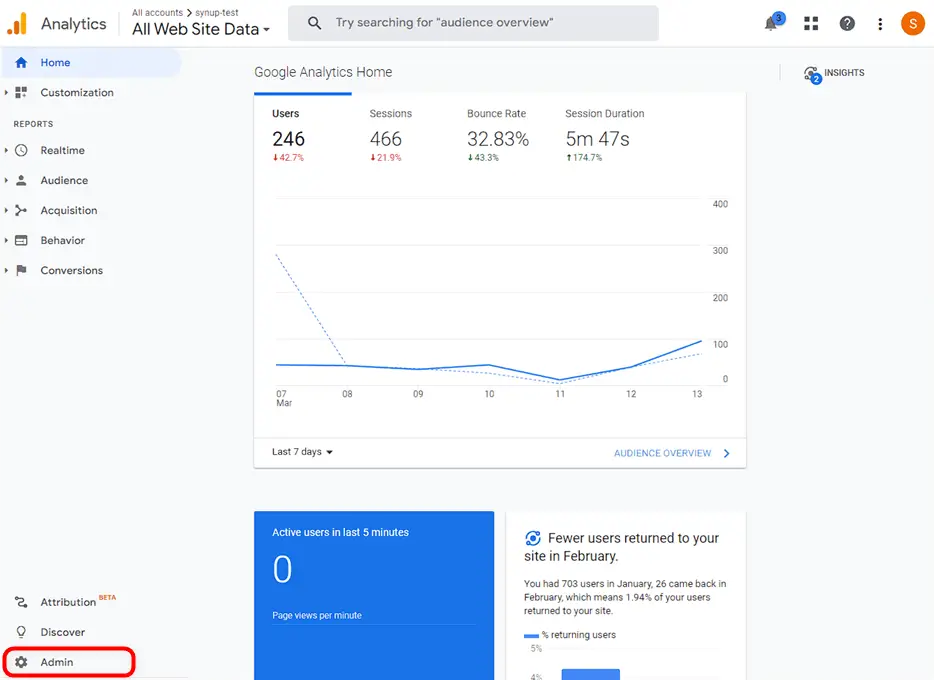
- Click GA4 Setup Assistant under the Property section. Property Status: Not Connected
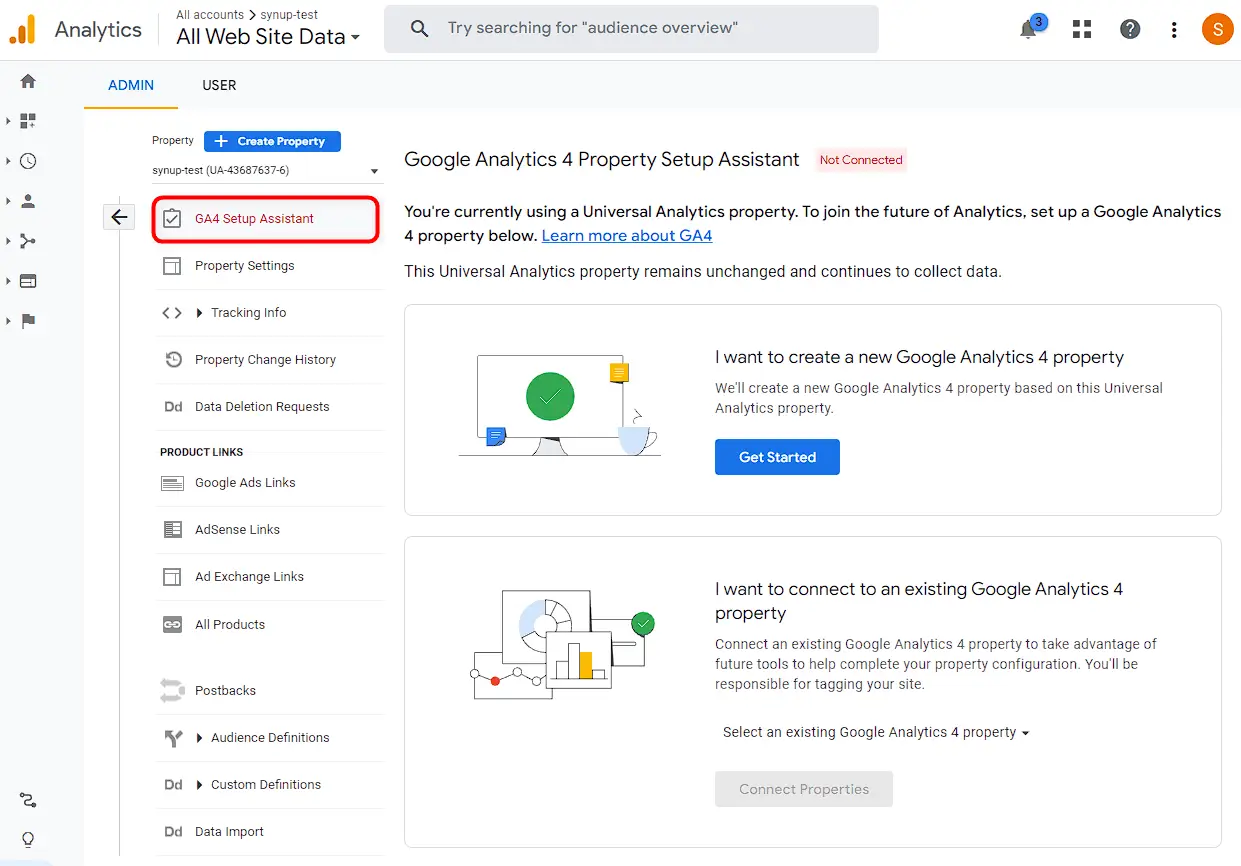
- Click the ‘Get Started’ button under ‘I want to create a new Google Analytics 4 Property’
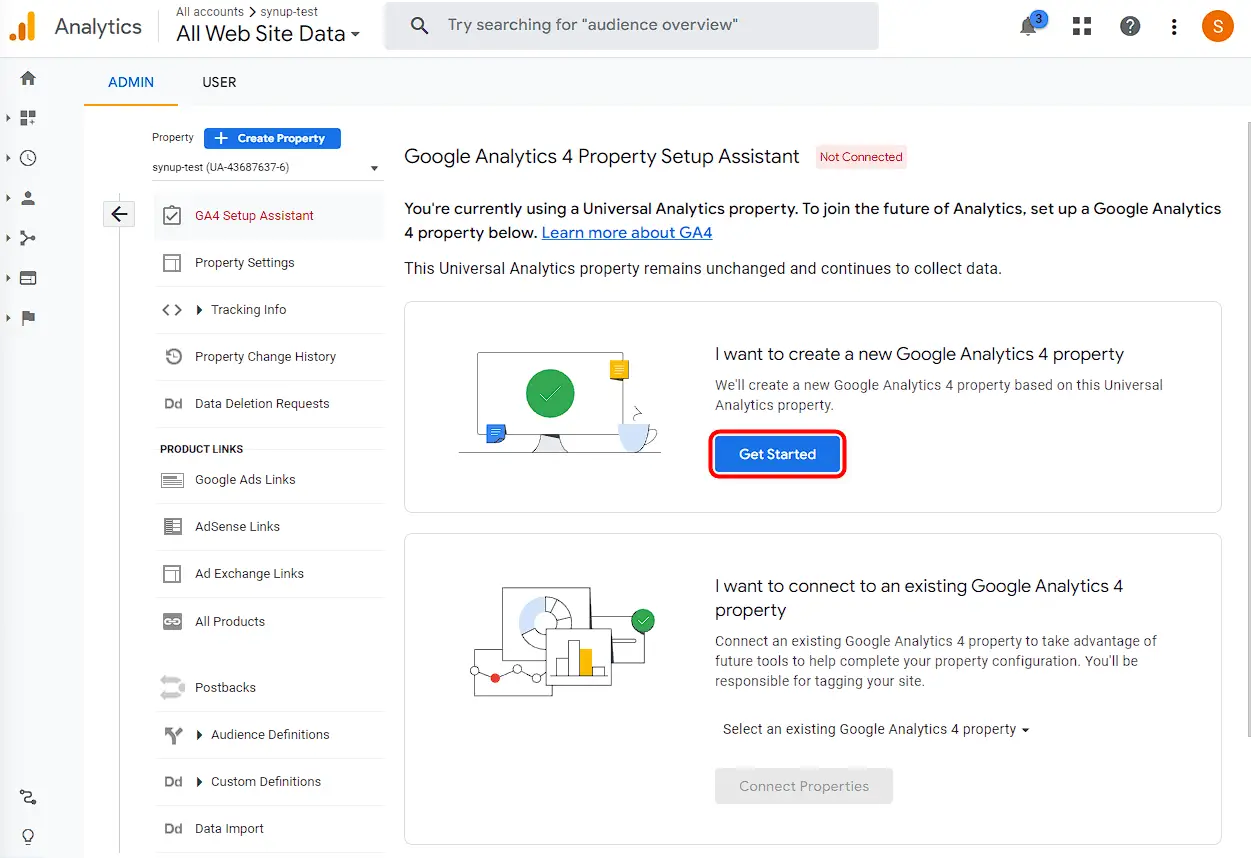
- Choose the Google tag which is already installed in your website and Click ‘Confirm’
- A GA4 property is created. Property Status: Connected

Step 2: Connect GA Universal and GA4 Streams
- Now, connect GA4 and GA Universal
- Again, navigate to the Admin (Gear Icon) page in GA4

- Click ‘Data Stream’ under the Property section
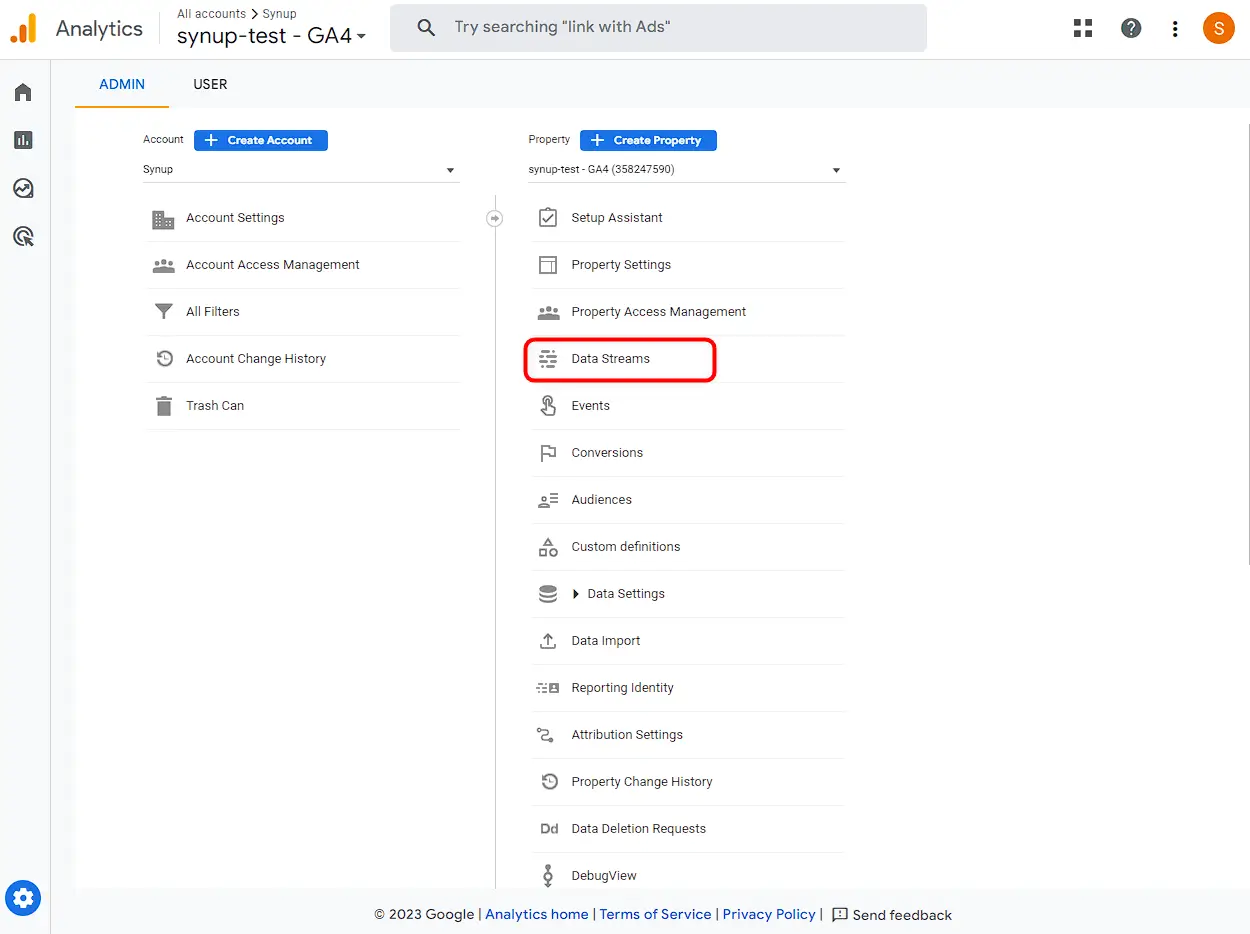
- A Web Stream should have already been created. Click on it.
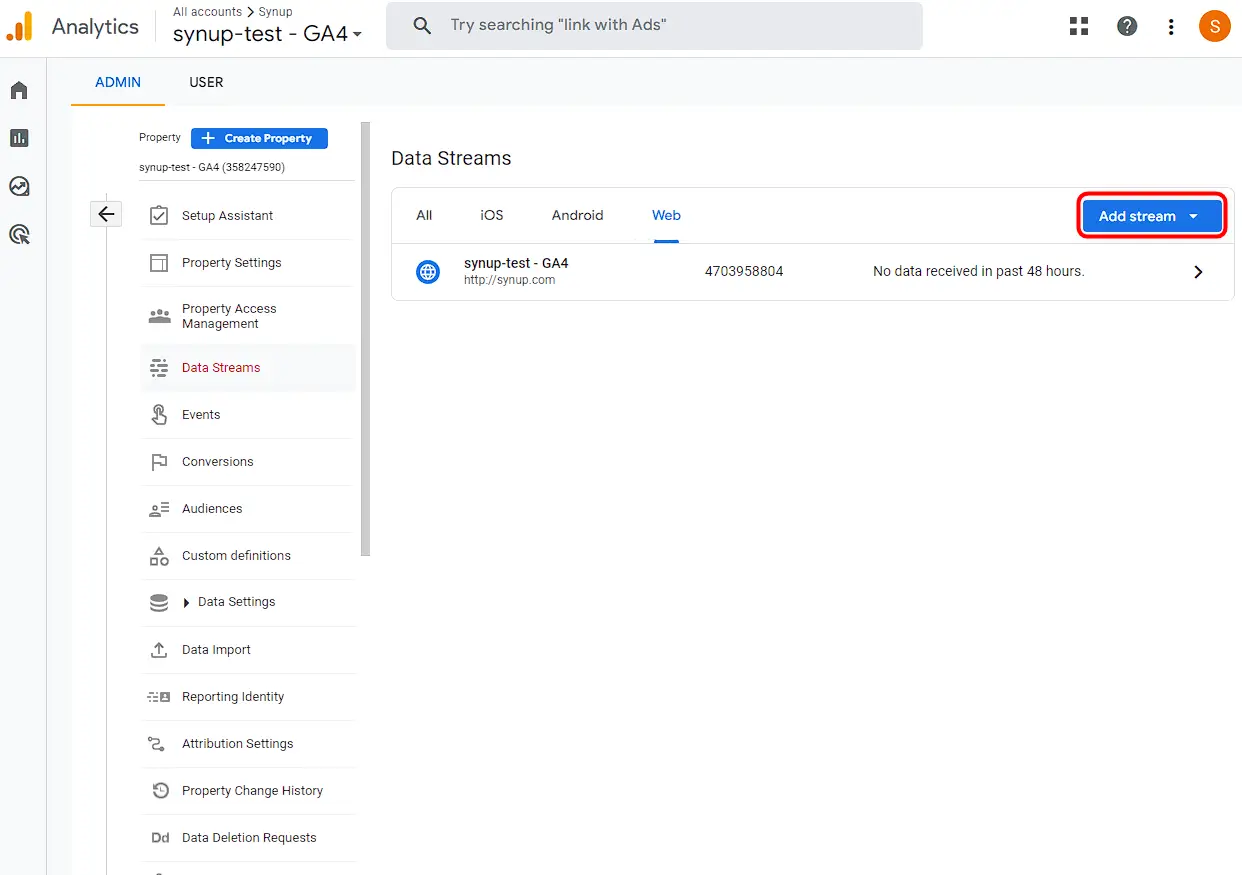
- Copy the Measurement ID. The format should be: G - XX XXXXXXXX

- Go to GTM, create a new tag, and name it ‘GA4 - Company name’
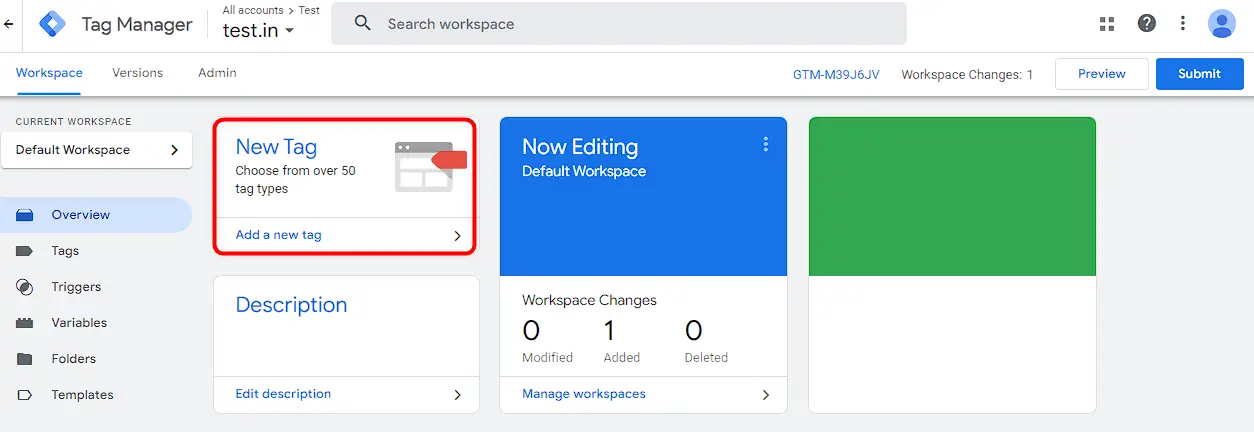
- Under Tag Configuration, click and select - “Google Analytics: GA4 Configuration”

- Paste the Measurement ID in the respective field

- Under the ‘Trigger’ section, click and select the ‘All Pages’ trigger

- Click ‘Save’
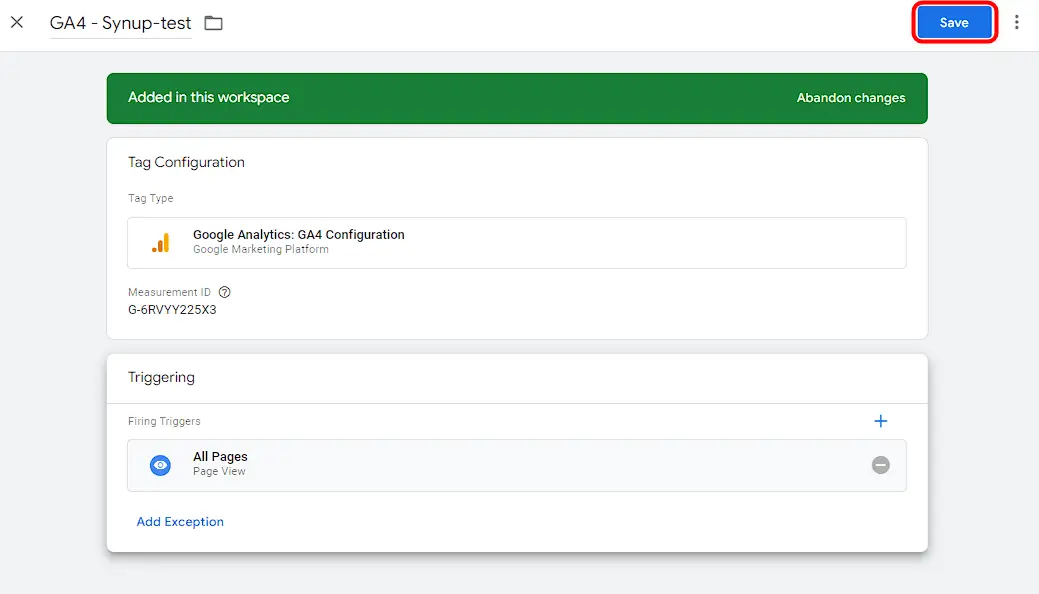
- Verify that GA Universal & GA4 tags are firing simultaneously in the preview debug mode

- Once this succeeds, publish the tag
Step 3: Setup GA4 Streams (For mobile apps)
- Now, let’s connect your other Data Streams: IOS / Android apps

- Navigate to the Admin (Gear Icon) page in GA4

- Click ‘Data Stream’ under the Property section

- Select the IOS / Android tab and click ‘Add Stream’
If IOS app - enter the below required details:
- IOS bundle ID
- App name
- App Store ID
- If Android app - enter the below required details:
- Android package name
- App name
- Accept the terms & conditions, then click ‘Register App’
- Download the config file and add the Firebase SDK file
- Add your Installation code at the main AppDelegate class
- Run your app to verify the installation
Step 4: Standard GA Migration Items
Specific tracking objects, such as goals and events, are not transferred by new analytics properties from any other properties (including UA properties).
The most frequent tracking components we employ in Google Analytics are listed below. Here are a few typical ones you should include in the list, but you may have others as well:
- Events Tracking
- GA4 events can be set up similarly to UA events, but GA4 goals may require a unique tagging configuration
- Events like scroll depth that you may have previously manually put up are now automatically added for you in GA4.
- Goals (Conversions)
All goals in GA4 are event-based and now go by the label "Conversions."
Start with the event-based goals when transferring your current UA goals to GA4 because they are closest to the original goal setup in UA.
After you have configured the events in GA4 and marked them as conversions, tackle your engagement and destination-based goals.
- You have two options for adding destination-based goals to GA4: through the interface or through code.
- In order to recreate engagement-based goals, you must first create a GA4 audience (see below) to recreate engagement-based goals with that audience.
- Activate Google Signals
You must enable Google signals for the Roll-Up Property and at least one Source Property in order to use Roll-Up Reporting. To ensure that you get the best data models, enable Google signals for the Roll-Up Property and all Source properties.
When you use Roll-Up Reporting with Google signals enabled, users are deduplicated across devices and Source Property domains.
To enable Google signals when using Roll-Up Reporting, follow these steps:
- Sign in to Google Analytics.
- Click Admin.
- Under ACCOUNT, select the Account that the Roll-Up Property belongs to.
- Under PROPERTY, select the Roll-Up Property.
- From the Property list, select Data collection.
- Turn on the toggle in the Data collection for Google signals section.
- Navigate to each Source property where you want to enable Google signals and turn the toggle on in the Data collection for Google signals section.
- Audiences List
Audiences in Google Analytics are useful for advertising, and conversion setup in GA4 is now available.
To recreate your audiences in GA4, first look at your UA list (at the property level) for those with Google Analytics as the audience type. Those must be recreated in GA4.
- Content Groupings
In UA, content groupings were created in the interface itself. However, in GA4, there is no interface configuration; all content groups are created through page tagging.
- Custom Dimensions/Metrics
Setting up custom dimensions and metrics is a two-step procedure, similar to UA, that calls for configuration in both the interface and the code.
Your current custom dimensions and metrics tags from UA should still work in GA4, but you will need to set them up in the property interface of GA4.
To set up custom dimensions and metrics in the interface, consult Google's setup manual
- Referral Exclusions
Referral exclusions are still available in GA4, but they've been renamed and migrated a few layers down from the top admin navigation levels.
To add referral exclusions,
- Sign in to Google Analytics.
- Navigate to Admin menu
- Under GA4 property
- Select Data Streams, then your site data stream (your URL),
- Select More Tagging Settings
Under the Additional Settings section.
- Finally, click Configure Your Domains and enter your domain and any other domains (such as those from third-party apps that integrate with your website, like certain marketing automation tools).
- Product Link Connections
You'll need to reconnect the links between your Google products and your new GA4 property. It's important to note that you can connect your Google properties to multiple GA properties, so you don't have to remove your existing UA product links to connect GA4.
Product Links are now visible at the top of the property admin navigation. Connect your new GA4 property to each of the Google products you use, such as Google Ads.
- Preview, Debug & Publish
After you've launched your tracking items in the new GA4 properties, double-check that they're tracking correctly.
Ecommerce, conversions, event tracking, and other metrics should be evaluated to ensure they are tracking as expected in the new properties. If not, troubleshoot the problem and resolve it as soon as possible.




